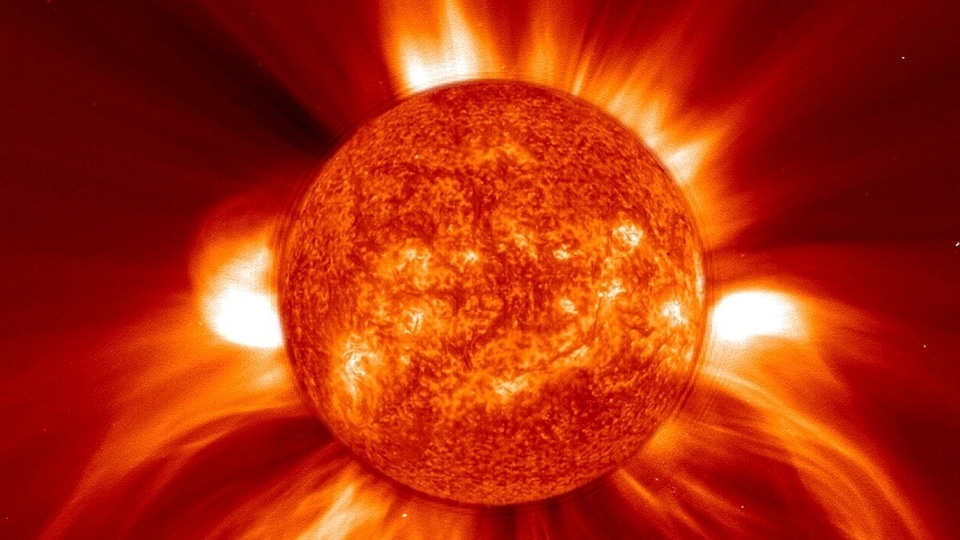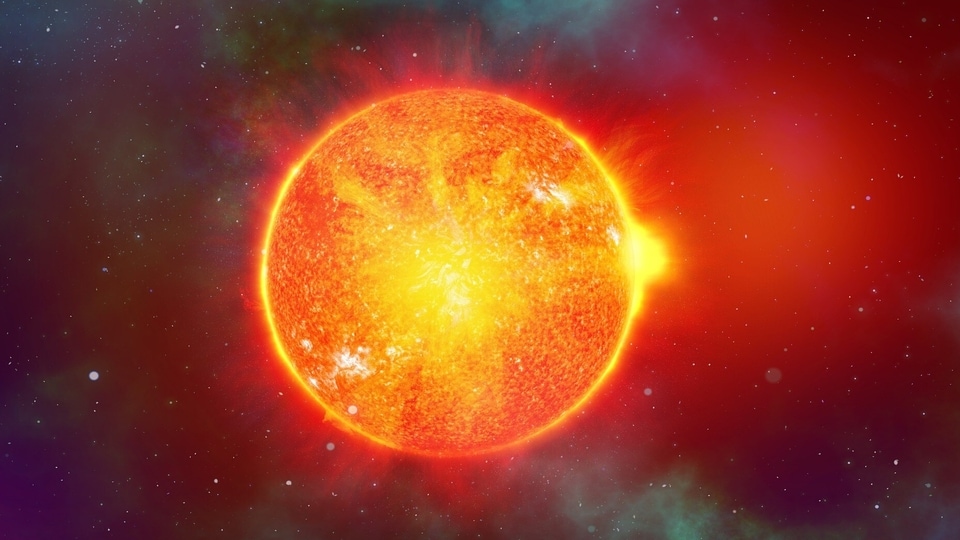Hubble Space Telescope has found a unique, evaporating planet 32 light years away from Earth
Due to its proximity to the parent star, the planet endures a continuous and forceful onslaught, leading to the gradual evaporation of its hydrogen atmosphere.






 View all Images
View all ImagesWe know that the universe is full of strange, even unique, bodies, but it still never ceases to amaze and surprise us every day. Now, thanks to NASA's Hubble Space Telescope, we have got to know about another unique planet out there - a planet in trouble. Recently NASA scientists have observed a planet whose atmosphere is spreading outwards and it is changing in unexpected manner due to the proximity to its star.
Evaporating Planet
A recently discovered, youthful planet orbits a moody red dwarf star and is undergoing intriguing transformations with each orbit. Due to its proximity to the parent star, the planet endures a continuous and forceful influx of energy, leading to the gradual evaporation of its hydrogen atmosphere, resulting in a puffing effect on its surface.
Astronomers were taken aback by the remarkable variability observed during different orbits of a planet with NASA's Hubble Space Telescope. In one orbit, there seemed to be no noticeable loss of atmospheric material, but a year and a half later, clear signs of atmospheric escape were observed. Keighley Rockcliffe from Dartmouth College expressed surprise, stating that such a rapid transition from undetectable to detectable atmospheric loss during a planetary transit was unexpected and not what they were anticipating.
Rockcliffe was equally baffled by the sight of the planet's detectable atmosphere puffing out in front of it, resembling a headlight on a swiftly moving train. She described this observation as exceptionally peculiar and regarded it as a rigorous test for planetary evolution models. She said, “This observation is so cool because we're getting to probe this interplay between the star and the planet that is really at the most extreme."
AU Microscopii
According to a report by NASA, AU Microscopii (AU Mic) is a parent star situated 32 light-years away from Earth and is home to one of the youngest known planetary systems. This star is less than 100 million years old, a small fraction compared to our Sun, which is 4.6 billion years old. The closest planet to AU Mic, called AU Mic b, has an orbital period of 8.46 days and orbits at a distance of only 6 million miles from the star, approximately 1/10th of Mercury's distance from the Sun. This gaseous planet is bloated and has a diameter about four times that of Earth.
Catch all the Latest Tech News, Mobile News, Laptop News, Gaming news, Wearables News , How To News, also keep up with us on Whatsapp channel,Twitter, Facebook, Google News, and Instagram. For our latest videos, subscribe to our YouTube channel.





























